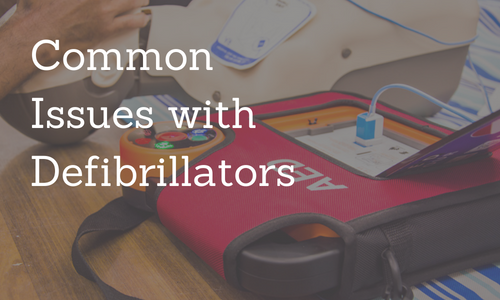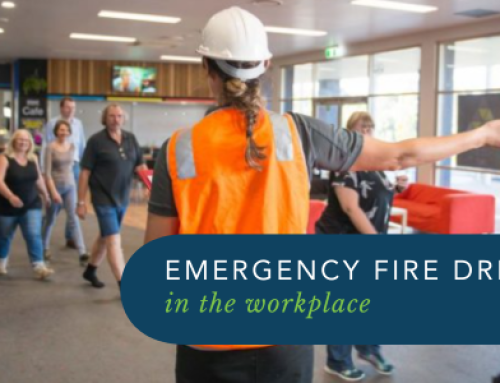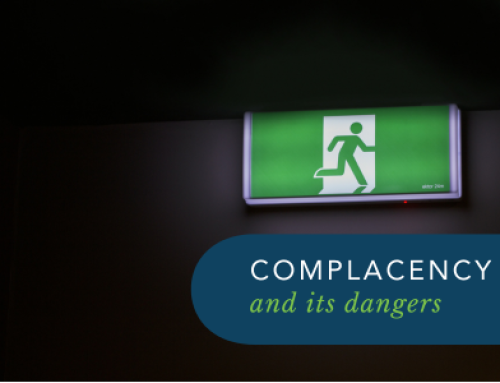AEDs (automated external defibrillators) are placed in public areas such as shopping centres and worksites with electrocution risks. It’s important to remember that Defibrillators (AEDs) are not for restarting a heartbeat!
They’re made for shocking an irregular heartbeat into an ordinary rhythm. The AED is intuitive and determines how those administering first aid should use it.
They are made to be used by anyone, even if they aren’t trained. Here are some of the most common issues that can occur when defibrillators are in the workplace, and what you as an employer can do to solve them.
Staff can’t find the Defibrillator in an emergency
If the device is hidden from view, kept locked up, or not able to be reached quickly when needed, lives are put at risk.
This may seem like common sense, but it’s not something everyone considers when placing an AED within their facility.
AEDs should be in a convenient place that anyone can access, such as near the administration desk instead of in an office or behind a pole.
It must also be clearly marked, and there should be signage around the facility that directs people to the nearest AED.
A risk assessment will determine how many AEDs your workplace will require.
The Defibrillator isn’t working properly, or at all
AEDs require proper maintenance to operate correctly, like any other machine.
Their batteries can go flat and the pads can expire, which can have devastating consequences if not discovered until someone attempts to use them in an emergency.
The instructions from the manufacturer will explain the maintenance required for your specific device, and regular inspections will help you discover any issues before they pose a risk.
These reviews will enable you to replace any parts in a timely manner, and keep your AED in action.
Staff are reluctant to operate the Defibrillator when needed
While AEDs are designed to work intuitively, not every employee will know this.
Some may not even know what an AED is, or where they can find the one (or more) in their workplace.
Staff who aren’t sufficiently trained in how to use an AED may also hesitate to try and operate one, which could mean the person in need suffers worse consequences while waiting for emergency services.
These points are why it’s essential to conduct safety training which includes AED awareness.
Including AED training during inductions is a great way to ensure new staff are confident enough to use the AED when required.
As mentioned above, signage is also important to alert people to the location of the AED.
This way it can easily be found in an emergency, even if there is some panic.
If there is an electric shock risk in your workplace, you must have an AED (or AEDs, depending on the size of the facility).
The key thing to remember is to have your staff sufficiently trained in AED awareness, and ensure the device is regularly inspected and maintained, put in an accessible place, and that there is adequate signage alerting people to its location.
If you want to organise AED or any other type of workplace safety training, we can help.
Contact Workplace Emergency Management today to find out more about our training options.
GET IN TOUCH
Are you ready for peace of mind that your workforce is as safe and prepared as possible?
With a dedicated team of staff ready to help you meet compliance requirements and improve the overall safety of your workplace, all you need to do is get in touch.
Request your free audit today!



